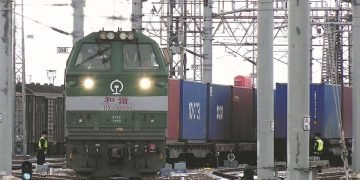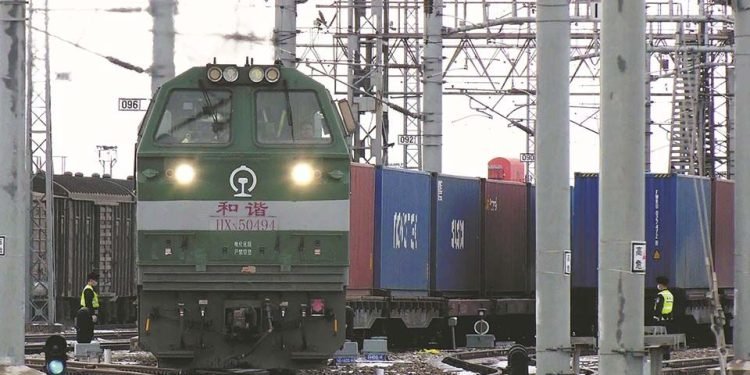By Maria Kalamatas | July 24, 2025
Section: International / Rail Freight & Trade Connectivity
Hamburg, July 24 — Retailers across Europe are increasingly moving high-value goods from China via rail as ocean shipping delays and port congestion continue to disrupt Asia-Europe supply chains, making the Eurasian rail corridor a vital alternative.
“Bookings on rail have nearly doubled this month,” said Anja Keller, logistics director for a German retail group. “Sea freight remains cheaper, but predictable delivery has become more important than saving on rates.”
Speed and reliability over cost
Rail transit between China and Europe averages 18 to 20 days — nearly half the time of current ocean routes, where vessel backlogs and long dwell times in Asia have stretched schedules.
“For seasonal goods and electronics, we can’t afford missed delivery windows,” Keller explained. “Rail gets products on shelves when they’re needed.”
Infrastructure under pressure
Hubs in Poland and Germany are running near full capacity, prompting operators to add departures and extend terminal hours. Some forwarders are combining rail with short-sea routes to reach southern Europe more efficiently.
“We’re scaling carefully to avoid bottlenecks on our end,” said Marek Kowalski, operations chief at a Polish intermodal hub. “The shift to rail is accelerating faster than anyone expected.”
Rates rise with demand
Spot prices for rail services have climbed 10 to 15 percent in the past month. Retailers, however, see the premium as a hedge against the risk of empty shelves during critical sales periods.























